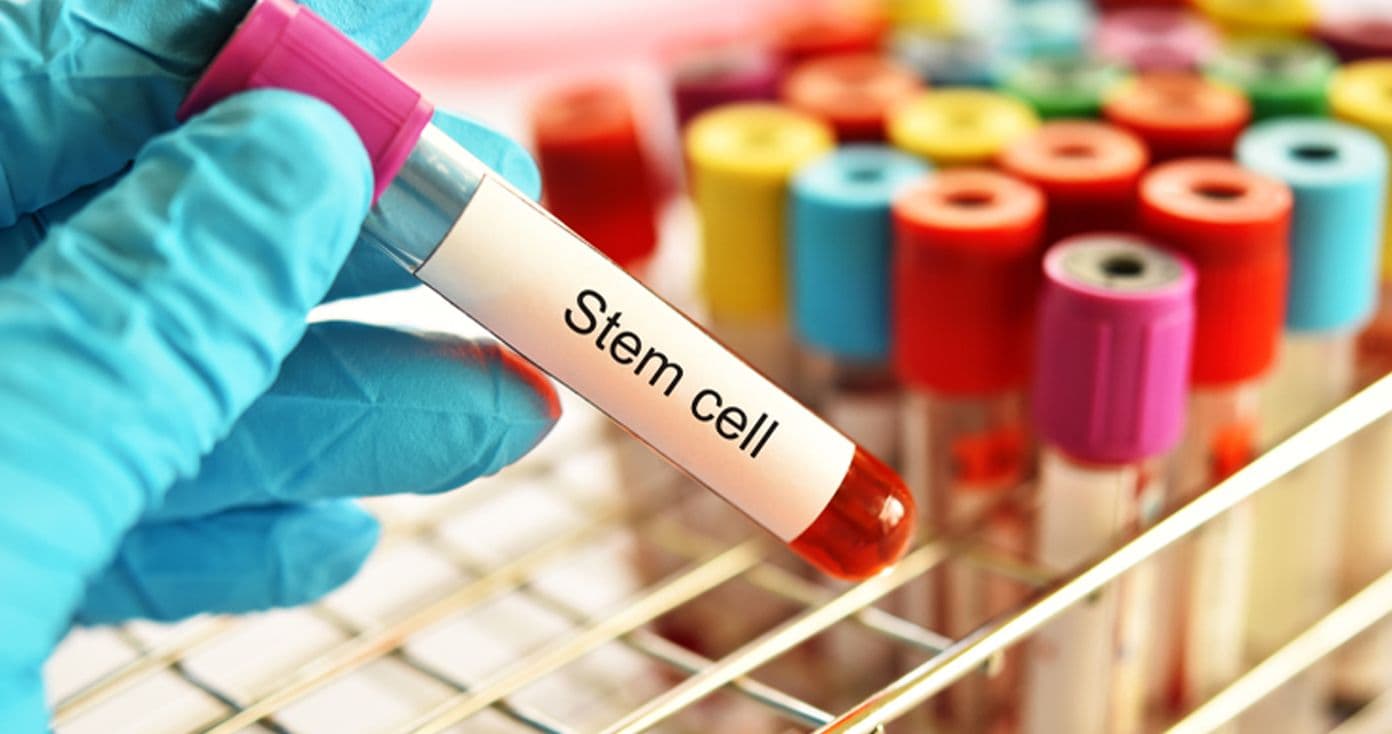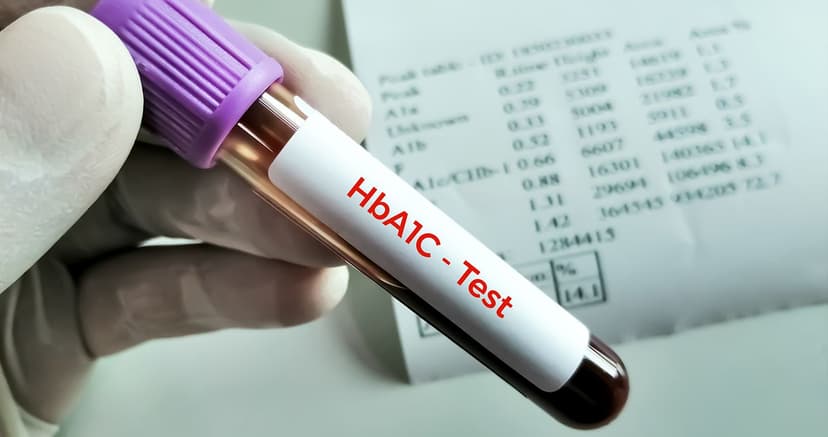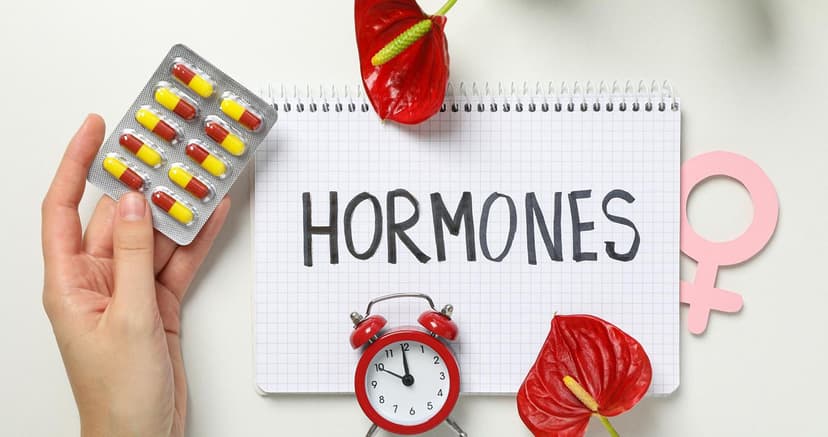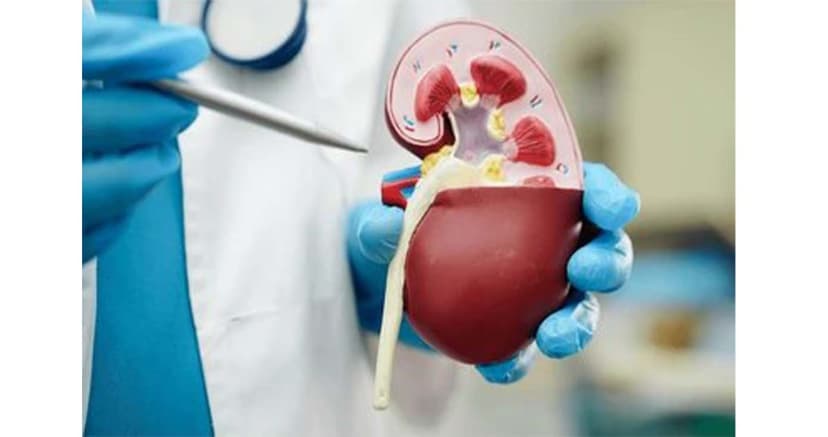Everything You Need to Know About Bone Marrow Transplants
By:

Apex Hospitals
24-12-2024

Bone marrow is a soft, spongy tissue located at the core of bones, serving as the body’s powerhouse for blood cell production. It plays a vital role in producing:
- White Blood Cells (WBCs): Essential for fighting infections.
- Red Blood Cells (RBCs): Responsible for carrying oxygen throughout the body.
- Platelets: Crucial for blood clotting to prevent excessive bleeding.
Certain diseases and medical conditions, like leukemia, lymphoma, severe anemia, immune system disorders, or aggressive treatments like chemotherapy, can severely damage the bone marrow, compromising its ability to function correctly. When this happens, a bone marrow transplant may become necessary—a life-saving procedure that offers a second chance to those in critical need.
The human body is a masterpiece of biological engineering, with each component working seamlessly to sustain life. Among these, bone marrow often goes unnoticed, yet it serves as a critical foundation for maintaining our overall health. When this vital system is disrupted, it can lead to life-threatening conditions. Fortunately, modern medicine has gifted us the remarkable procedure of bone marrow transplantation, which has become a beacon of hope for countless individuals worldwide.
In this guide, we’ll dive deep into the essentials of bone marrow transplants, exploring their importance, process, and impact while addressing common myths surrounding this life-changing treatment.
What Is a Bone Marrow Transplant?
A bone marrow transplant (BMT) is a revolutionary medical therapy for treating certain cancers and other serious diseases. This procedure involves collecting healthy stem cells found in the bone marrow, filtering them, and then transplanting them into the patient. The transplant can either use the patient’s healthy cells (autologous transplant) or cells from a donor (allogeneic transplant). The primary aim is to replace damaged or diseased bone marrow with healthy cells, allowing the body to regenerate and function properly.
Since its first successful application in 1968, BMT has been instrumental in treating conditions like leukemia, lymphomas, aplastic anemia, immune deficiency disorders, and even some solid tumours. Often referred to as a stem cell transplant, this life-saving procedure involves infusing healthy, blood-forming stem cells into the body to replace malfunctioning bone marrow.
Types of Bone Marrow Transplants
Bone marrow transplants (BMT) come in various types, depending on the donor's identity and relationship to the patient. Each type has specific applications and benefits. Here's an overview of the key types of BMT:
1. Autologous Bone Marrow Transplant
In this type, the patient serves as the donor. Stem cells are harvested from the patient through either:
- Bone marrow harvest: Extracting stem cells directly from the bone marrow.
- Apheresis: Collecting peripheral blood stem cells from the bloodstream.
These cells are then frozen and stored. After intensive treatments, such as chemotherapy or radiation, the healthy stem cells are reintroduced to the patient’s body. This process is often called a "rescue" rather than a transplant because it restores the patient’s healthy cells.
2. Allogeneic Bone Marrow Transplant
Here, the stem cells are donated by someone who shares a genetic type similar to the patient's. Common donors include:
- Siblings: Typically, the most likely genetic match.
- Parents: Known as a haploidentical match, where the donor is at least half genetically identical to the recipient. While less common, these transplants are an option for patients without fully matched siblings.
- Unrelated Donors: In a matched unrelated donor (MUD) transplant, stem cells come from a genetically matched donor found through national or international bone marrow registries.
3. Umbilical Cord Blood Transplant
This innovative method involves collecting stem cells from the umbilical cord immediately after a baby’s birth. These cells are:
- Highly effective at reproducing into functional blood cells.
- Less likely to cause immune rejection compared to adult stem cells.
The collected cord blood is tested, typed, and frozen until needed for a transplant. This method offers hope to patients who cannot find a suitable adult donor.
The choice of transplant depends on factors like the patient’s condition, the availability of a donor, and the treatment plan. Each type of BMT has its advantages and considerations, making it essential for patients and their healthcare team to make an informed decision.
Through these diverse options, bone marrow transplants continue to save lives, offering a fresh start for individuals battling severe illnesses.
Who Needs a Bone Marrow Transplant?
Bone marrow transplants are commonly recommended for individuals with:
1. Blood Cancers: Leukemia, lymphoma, multiple myeloma.
2. Non-Cancerous Conditions: Aplastic anemia, sickle cell anemia, or immune deficiencies.
3. Side Effects of Intense Treatments: Recovery after high-dose chemotherapy or radiation therapy.
Potential Risks and Complications
While bone marrow transplants are life-saving, they do carry risks:
- Graft-Versus-Host Disease (GVHD): In allogeneic transplants, the donor cells may attack the recipient’s tissues.
- Infections: A suppressed immune system increases susceptibility to infections.
- Organ Damage: Rarely intense treatments may affect organs like the liver or lungs.
- Fatigue and Weakness: Common during the recovery phase.
Medical technology and expert care advancements have significantly reduced these risks, making the procedure safer.
At Apex Hospitals, we specialize in advanced bone marrow transplant procedures with state-of-the-art technology and a team of dedicated experts. From diagnosis to recovery, we’re committed to providing compassionate, world-class care every step of the way.
Your second chance at life starts here. Let us walk this journey with you.
FAQS
Related Articles
Connect With Us
Health In A Snap, Just One App.
KNOW MORE
























































































































































